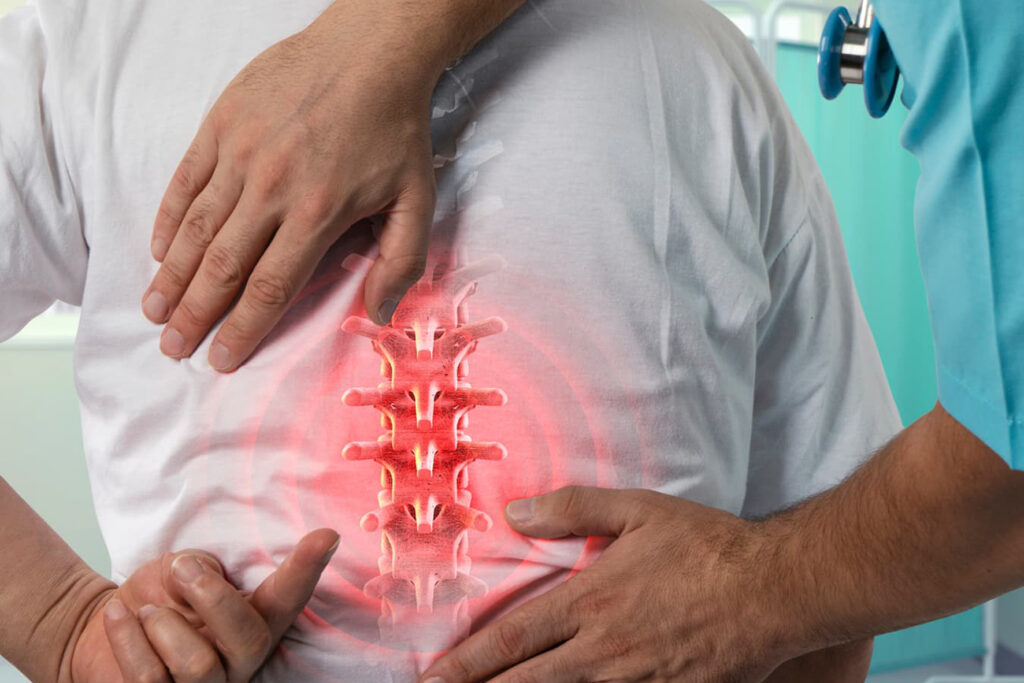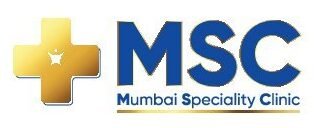
“Slip disc” is a colloquial term for a herniated or slipped disc, a condition where the soft inner portion of an intervertebral disc protrudes through the tough outer layer. This can cause pressure on nearby nerves, leading to pain, numbness, or weakness. Commonly occurring in the lower back or neck, a slipped disc may result from age-related wear, sudden injury, or improper lifting. Symptoms can vary but may include localized or radiating pain. Treatment options range from conservative measures like rest, physical therapy, and pain management to more invasive interventions, such as surgery, depending on the severity and impact on daily life.
Symptoms
Symptoms of a slipped disc include localized or radiating pain, numbness, tingling, and weakness. Pain often worsens with movement, and in severe cases, it may extend into the arms or legs. Individuals may experience muscle spasms and difficulty with certain activities due to the affected nerves.
Causes
A slipped disc, or herniated disc, can result from age-related wear, sudden injuries, or improper lifting, causing the soft inner part of an intervertebral disc to protrude through the tough outer layer. This displacement can lead to pressure on nearby nerves, triggering symptoms like pain, numbness, and weakness.
Rehabilitation
Rehabilitation for a slipped disc involves a gradual and tailored approach. Treatment typically includes rest, physical therapy to strengthen surrounding muscles, and specific exercises to alleviate pressure on the affected disc. Pain management strategies and lifestyle adjustments may also be incorporated to facilitate recovery and prevent future issues.
Slip Disc F&Q
A slipped disc, or herniated disc, occurs when the soft inner portion of an intervertebral disc protrudes through the tough outer layer, often causing pressure on nearby nerves.
Symptoms include localized or radiating pain, numbness, tingling, weakness, and muscle spasms. Pain can worsen with movement.
Causes include age-related wear, sudden injuries, or improper lifting, leading to the displacement of the disc material and subsequent nerve compression.
Rehabilitation involves rest, physical therapy to strengthen muscles, specific exercises to alleviate pressure on the affected disc, and pain management strategies.
If untreated, a slipped disc may lead to persistent pain, ongoing nerve compression, and potential complications affecting daily activities and overall spinal health.
Treatment options range from conservative measures such as rest, physical therapy, and pain management to more invasive interventions, including surgery, depending on the severity and impact on daily life.











